How to get rid of termites in your home
If you see these tiny critters around your home, you’ll need to know how to get rid of termites fast. And just like learning how to get rid of ants, you’ll know that when you spot one, you’re bound to find an entire colony.
Unlike ants, termites are cellulose-eating insects, meaning that they feast on wood. This is bad news for homeowners, as termite colonies can quickly destroy decks, porches, beams and wooden furniture. Even worse, they can cause structural damage once they burrow inside walls, doors and floorboards. That’s why it’s so important to know how to get rid of termites in your home, and keep them out.
Typically, you’ll find termites in almost every US state (except for Alaska), either in the ground or in any type of timber available to them. The most common types are subterranean termites who particularly thrive in humid environments like in soil or compost, but feed on wood. While dampwood and drywood termites nest and feed on water-damaged wood. Household problems such as leaky pipes, poor drainage, and airflow are all issues that will create the moisture needed to attract termites to your property.
Luckily, there are some simple things you can do to deter termites and keep those tiny critters away. So, if you want to protect your home from damage, here’s how to get rid of termites once and for all.
If you come across other creepy crawlies, learn how to get rid of maggots in your garbage can, how to get rid of stink bugs, and how to get rid of gnats inside your home.
1. Clear up your plot to deter termites
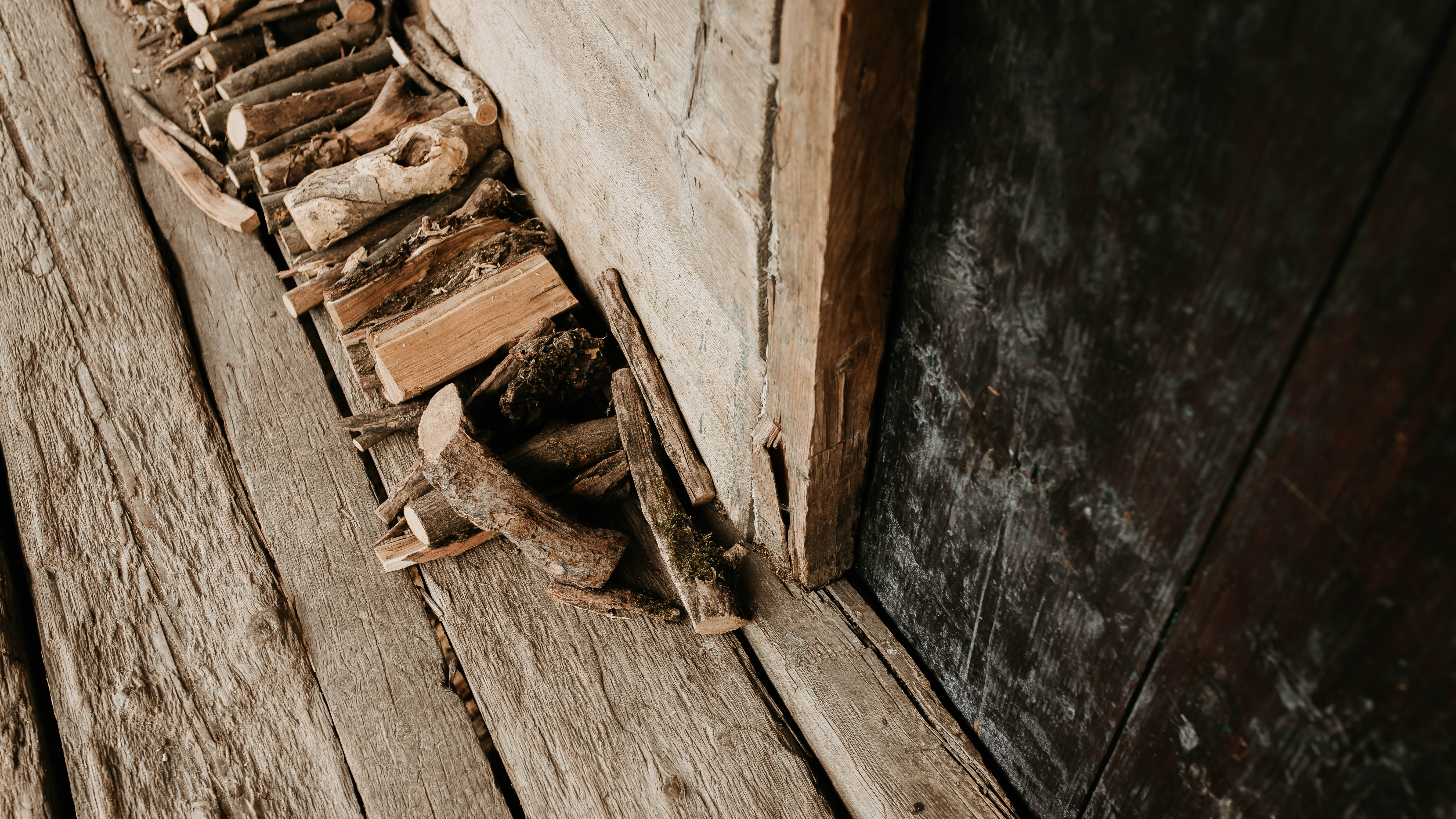
First, clear your outdoor spaces or plot to eliminate anything that will attract termites. Since termites feast on wood in damp conditions, ensure the ground around your home is dry. Regularly check for any plumbing leaks or blocked drains that will create moist soil. Dirty wet gutters are also an ideal home for termites, so keep your gutters free of debris or gunk.
In addition, avoid stacking firewood against your house, and remove old tree stumps from your yard to prevent termites from visiting. If you must store wood, be sure to cover it completely to keep it dry. It’s also recommended that wooden decks need at least six inches of space between the porch and ground to avoid water damage. Similarly, maintain dry indoor spaces, mopping any standing water on floors, alongside knowing how to clean every room properly. Prevention is the key!
2. Try beneficial nematodes
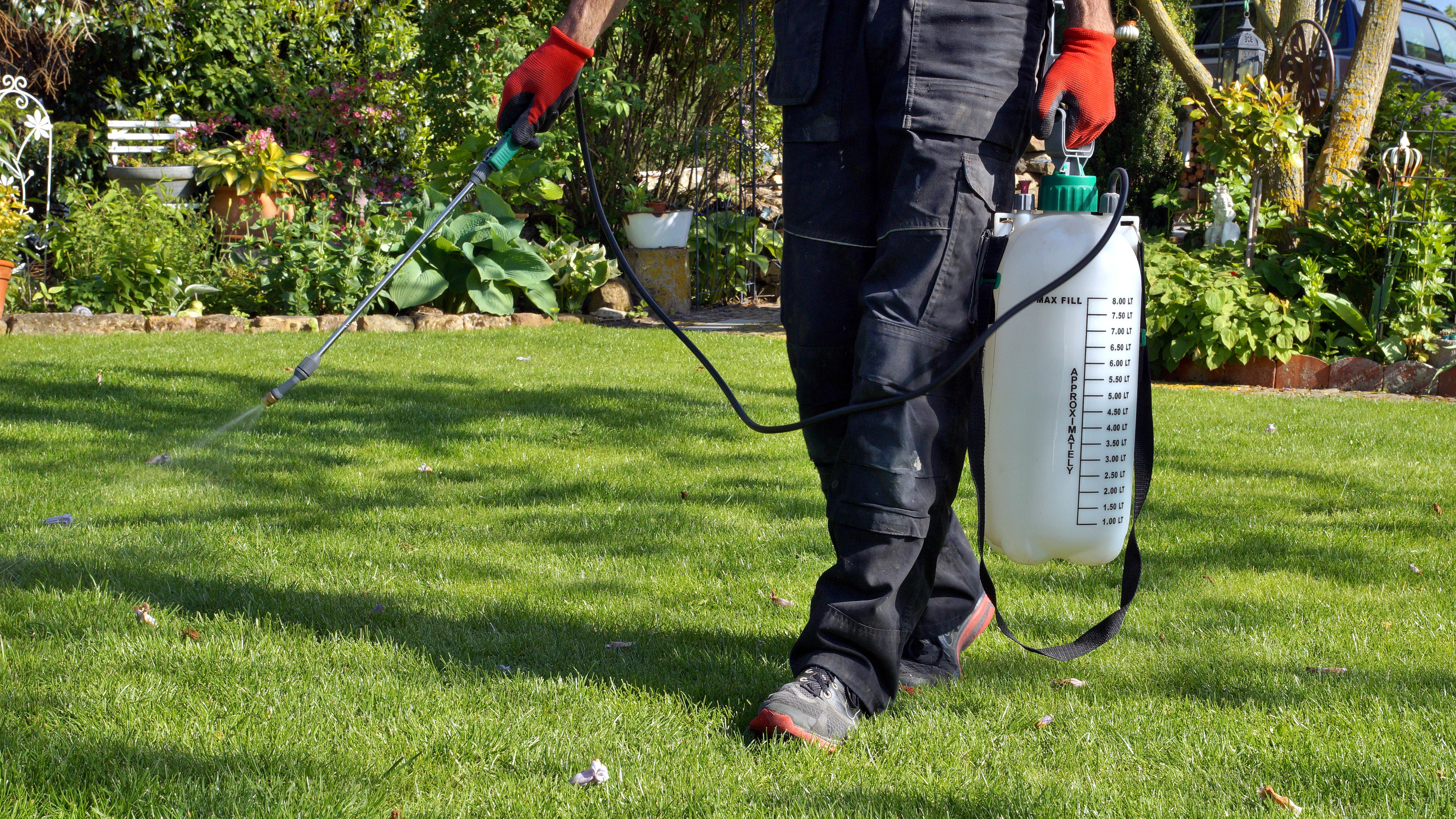
For a more natural method, beneficial nematodes are a great way to get rid of termites. These are microscopic parasites that target and kill a variety of garden pests, including termites. These can be bought at your local gardening center, or online like this NaturesGoodGuys Live Beneficial Nematodes ($17 (opens in new tab), Amazon (opens in new tab)).
Bear in mind that nematodes are living creatures, so they must be used immediately after opening, using an application sprayer. If it’s not possible, many can be stored in a refrigerator at 37°F – 49°F for up to two weeks, but always follow the instructions before use. The best time to use it is first thing in the morning or during the late afternoon, and avoid direct sunlight as this will make them less effective. What’s more, they’re safe to use around pets, people, plants and homegrown produce.
3. Make a bait station to trap termites
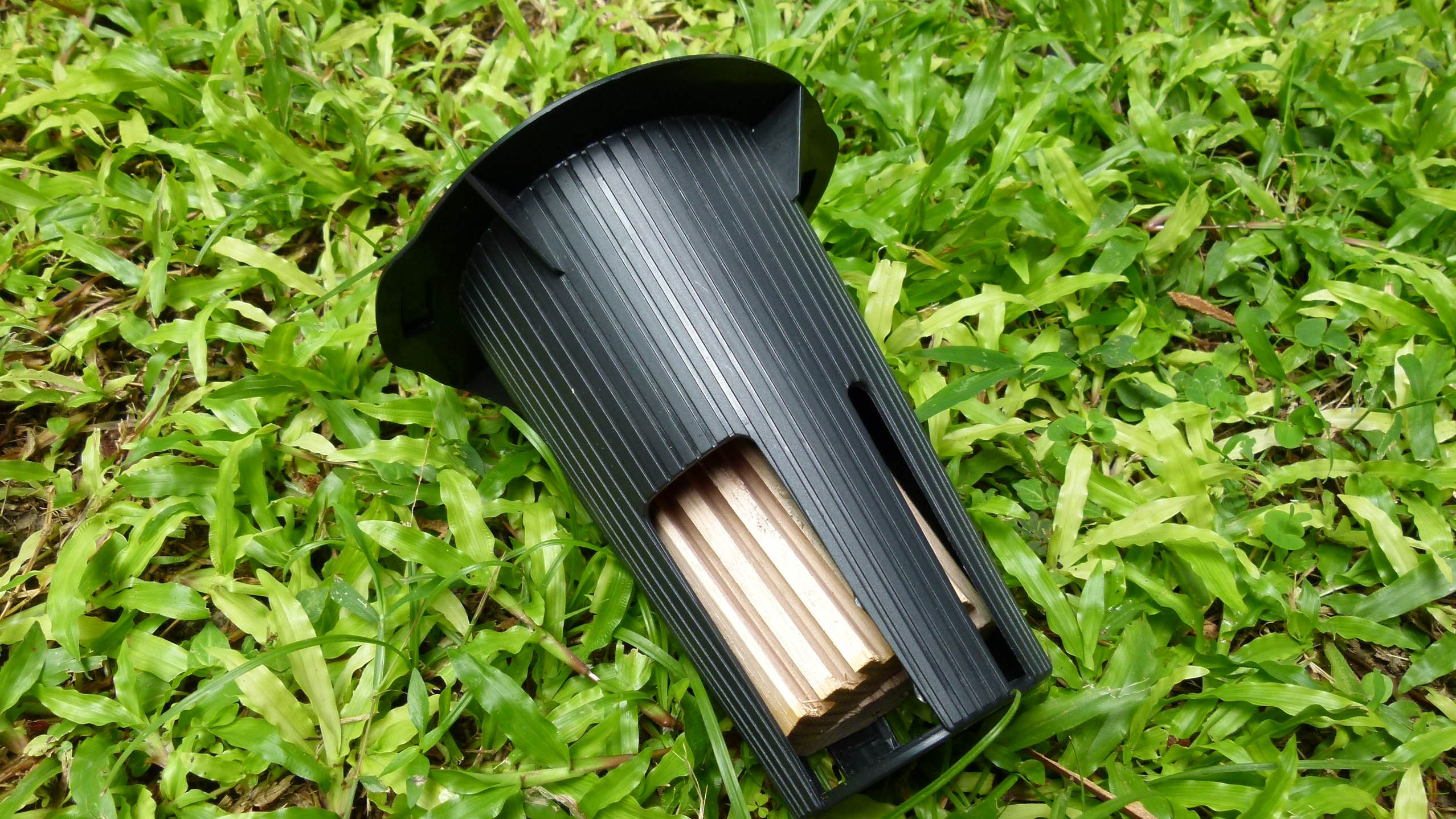
If you suspect termites in your backyard, you can try a termite baiting station. Essentially, these are small, cylindrical containers that hold a small amount of wood or paper laced with a substance that will poison these critters. You then push the trap into the ground, with the top flush with soil level.
The aim is to lure termites in, who would then carry the poison back to their nests, killing the majority of the colony. Experts recommend spreading the bait stations at intervals of around 10–20 feet from one another, keeping at 2–4 feet from your property. While you could do this yourself, it’s advisable to ask an expert to install them for you.
4. Trap them with cardboard
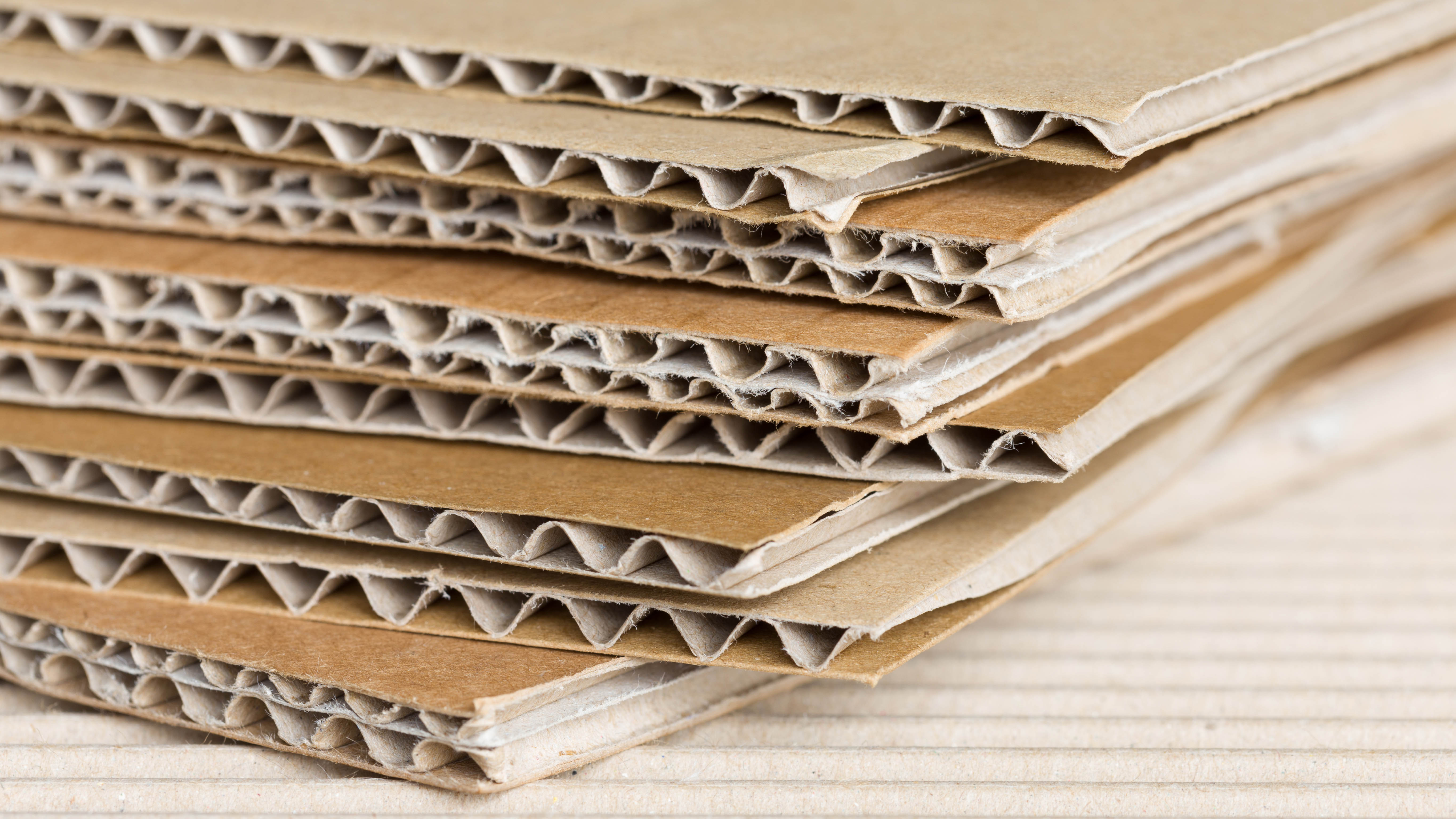
Alternatively, you could make a cardboard trap. Simply wet a few strips of cardboard, and stack them up in the area where you suspect termites. The tiny critters will be drawn to the trap in search of food, and once it’s infested, take it to a safe area to burn or dispose of. While this may not get rid of a colony completely, this may need to be repeated to make a difference.
5. Expose your wood to sunlight
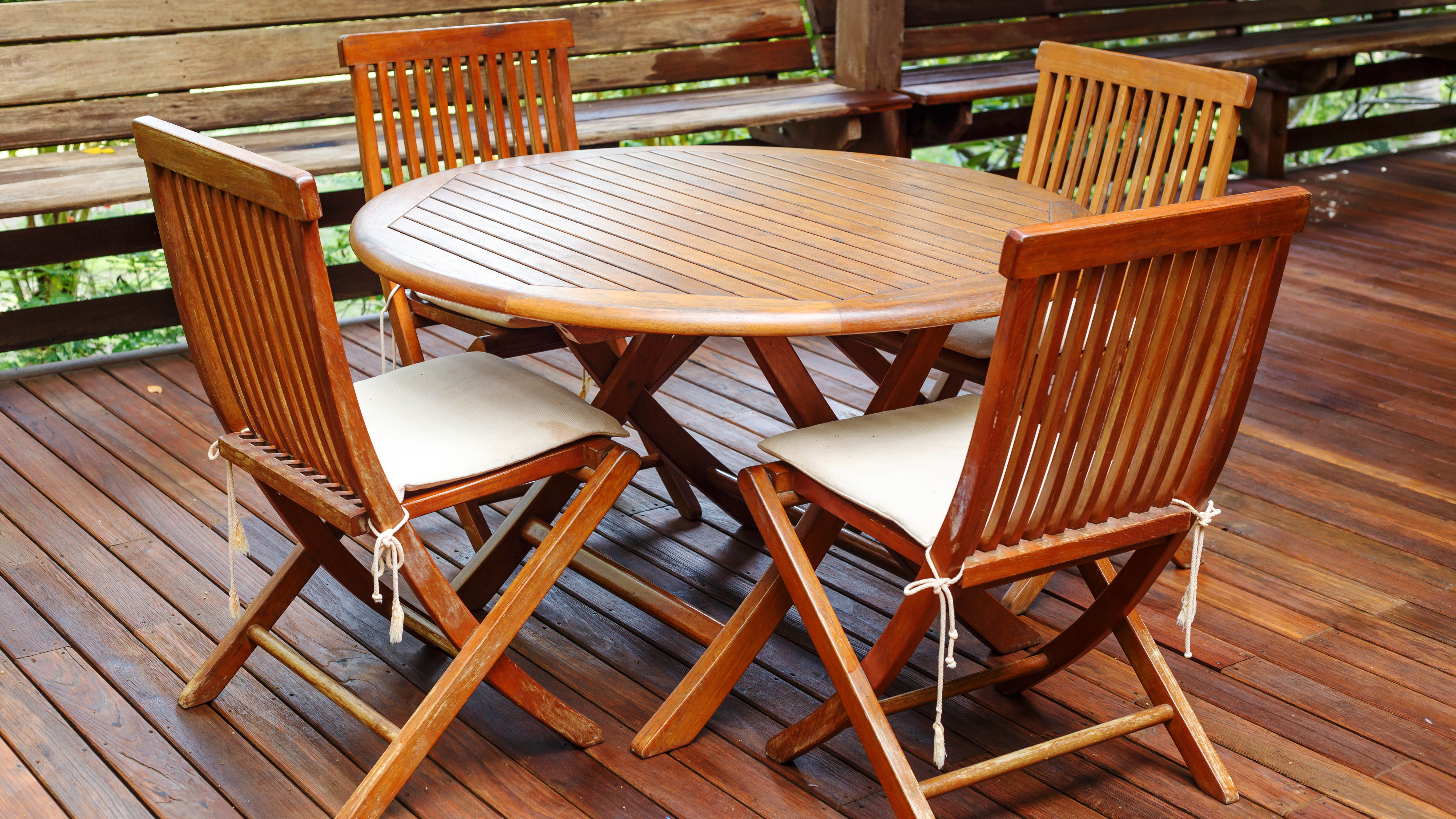
If you have a piece (or pieces) of wooden furniture that have been termite-infested, remove it from the home and expose it to sunlight. Since termites prefer the dark, they won’t survive in the heat and sunlight. On a sunny day, leave the affected table or chairs outdoors for a few days or as long as possible.
6. Try boric acid
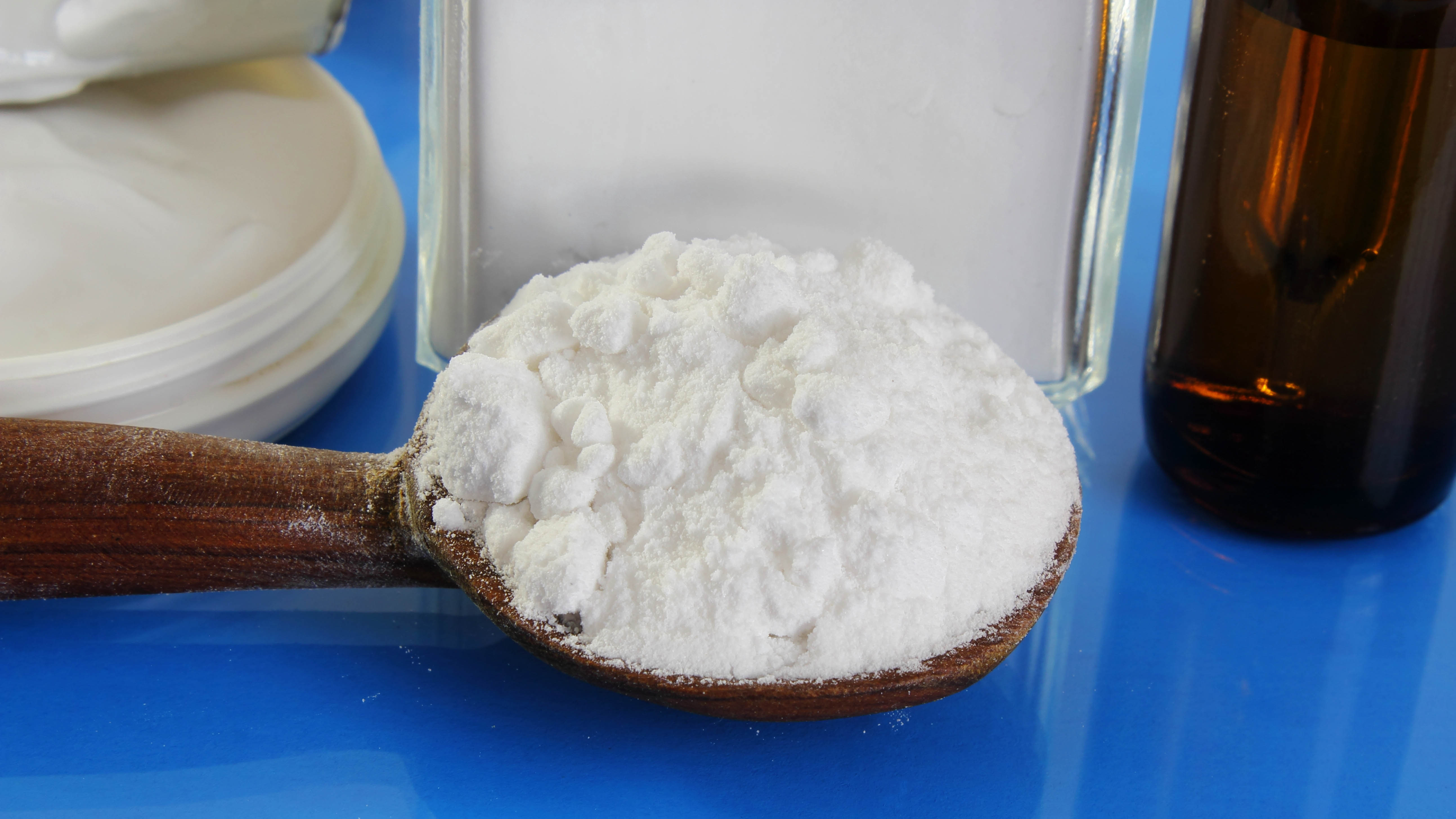
Boric acid is another effective method to get rid of termites. This chemical is the main insecticide used in many store-bought termite insecticides, designed to shut down the termite’s nervous system while dehydrating it. You can apply this powder directly onto affected areas, use in bait stations or dilute with water to use as a spray. Bear in mind that boric acid is poisonous and harmful to people and pets, so always use it with extreme caution and store it in a safe place.
7. Seal any cracks in your home
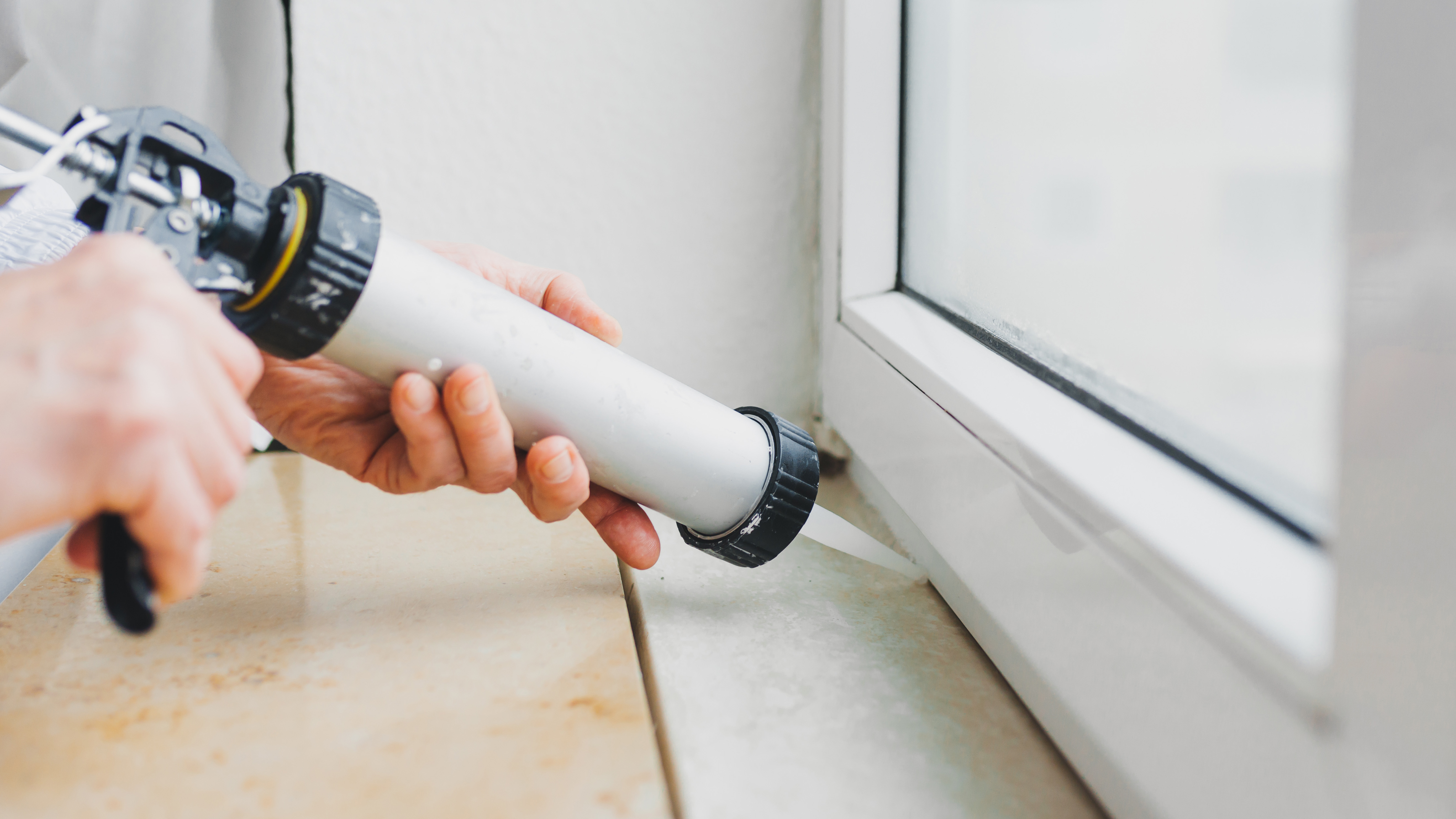
Prevent termites from invading your property by sealing the windows, doorways, screens, porch and other cracks with a silicone caulking gun. These include gaps around electrical wiring and pipes to and from your house which offer entry points for termites to enter your home.
If you’re dealing with a large termite infestation however, it’s advisable to call in the professional exterminators. They will thoroughly examine your property, and take the necessary steps needed to get rid of termites for good.
Signs that you have termites in your home
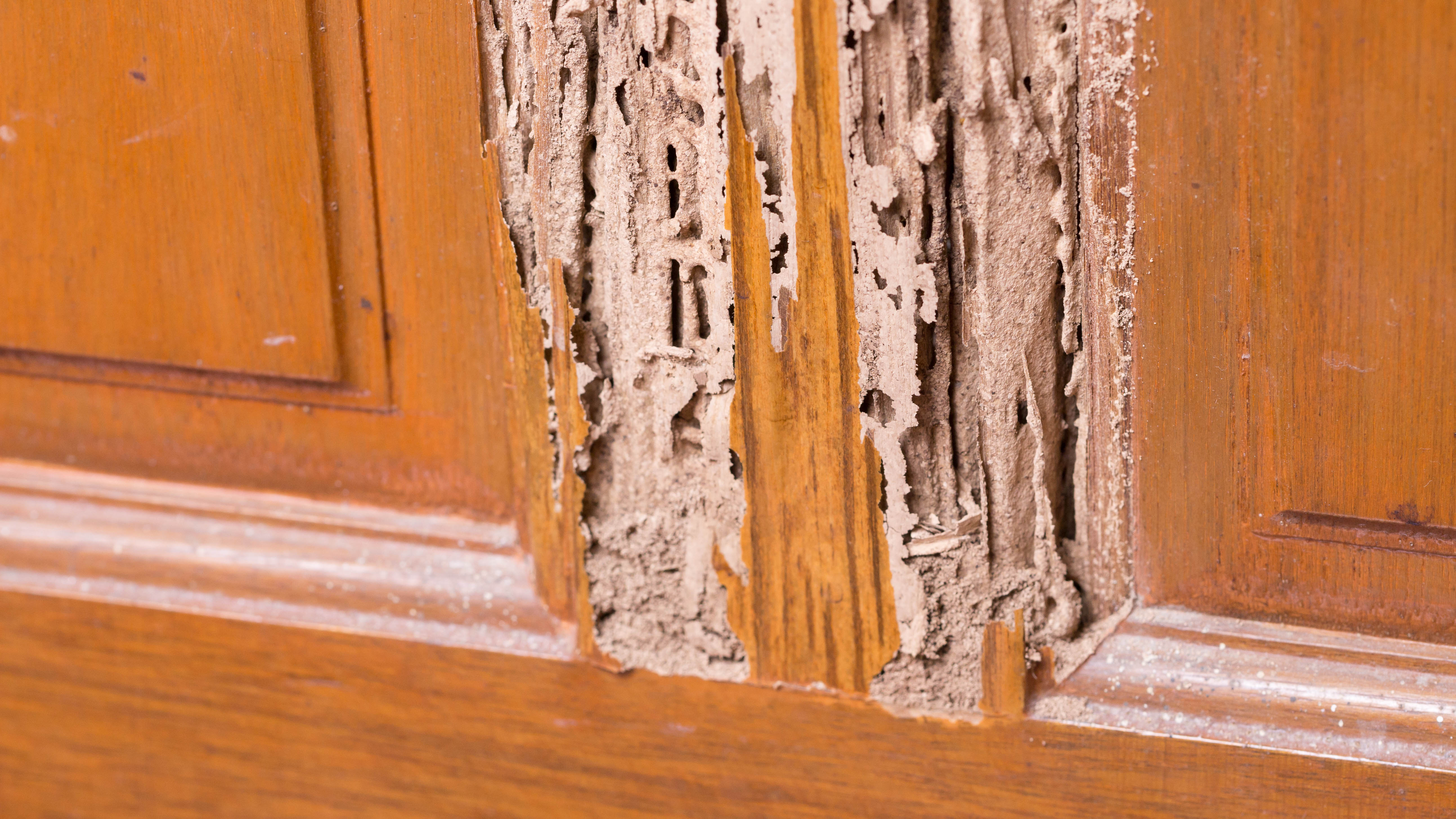
- Structural damage — If you spot tiny holes, peeling paint, or crumbling wood or walls around the home, these could all indicate a termite infestation
- Termite droppings — Look for granular, oval-shaped droppings (frass) around doors, windows, and baseboards
- Mud tubes — Depending on your region, subterranean termites are known to create mud tubes to get from the soil to their food. These tend to be pencil-width passageways made from mud and wood. Drywood termites on the other hand, won’t make these tubes.
- Buckling wooden or laminate floor boards — This is especially the case if your floorboards have had water damage or are waterlogged.
- Loose tiles — Look out for tiles that are loose or easily come away from surface. This could be from excess moisture and termite activity.
If you’re dealing with any other household pests, check out how to get rid of bedbugs, how to get rid of silverfish, or how to get rid of gnats.
For all the latest Technology News Click Here
For the latest news and updates, follow us on Google News.
